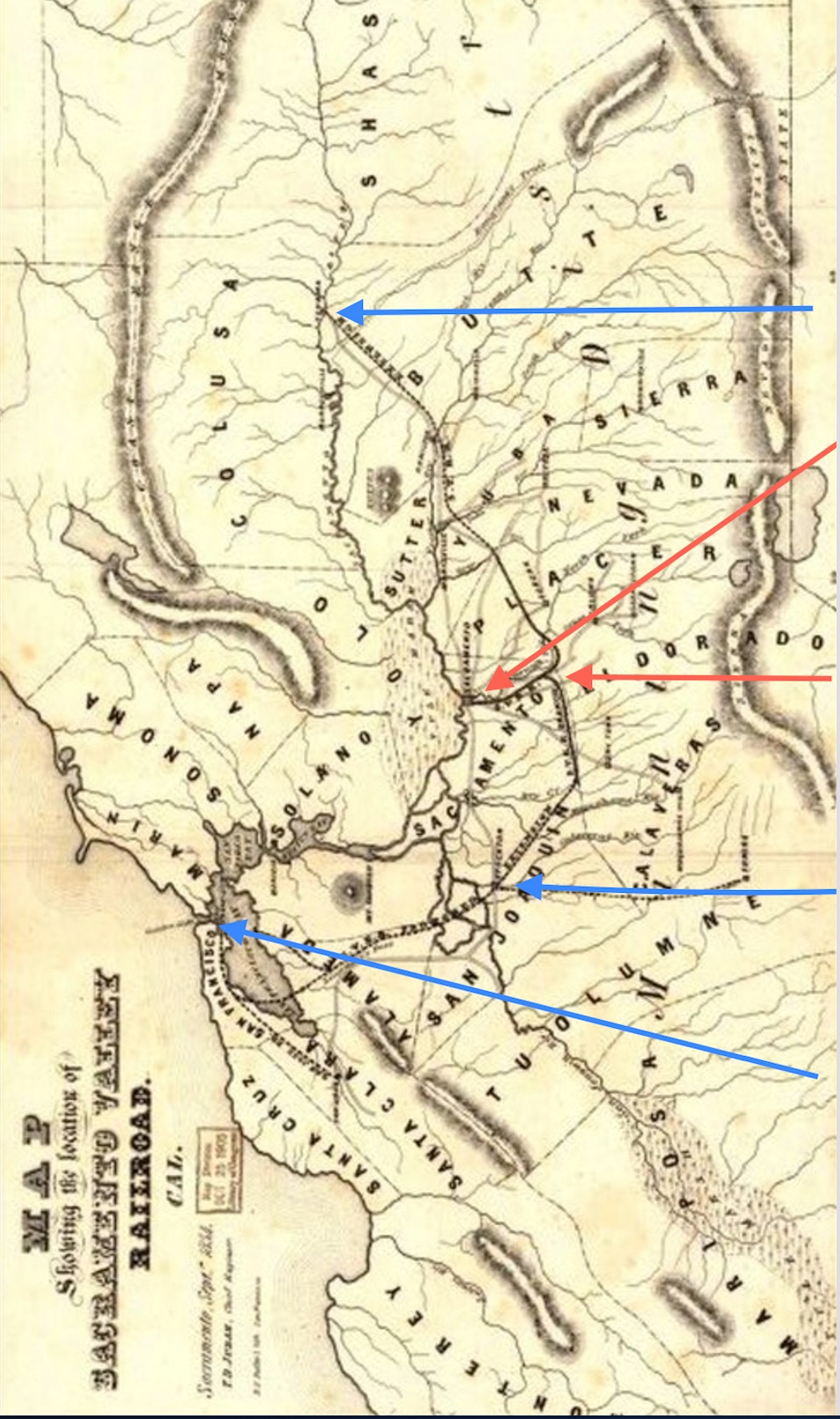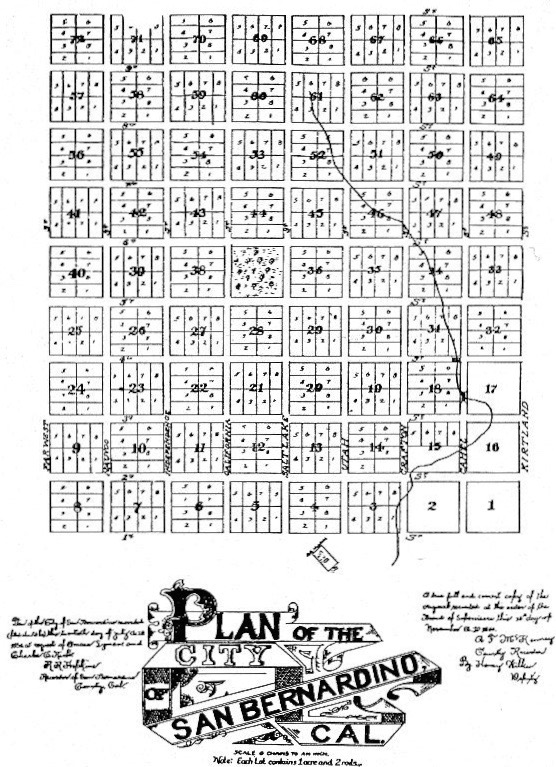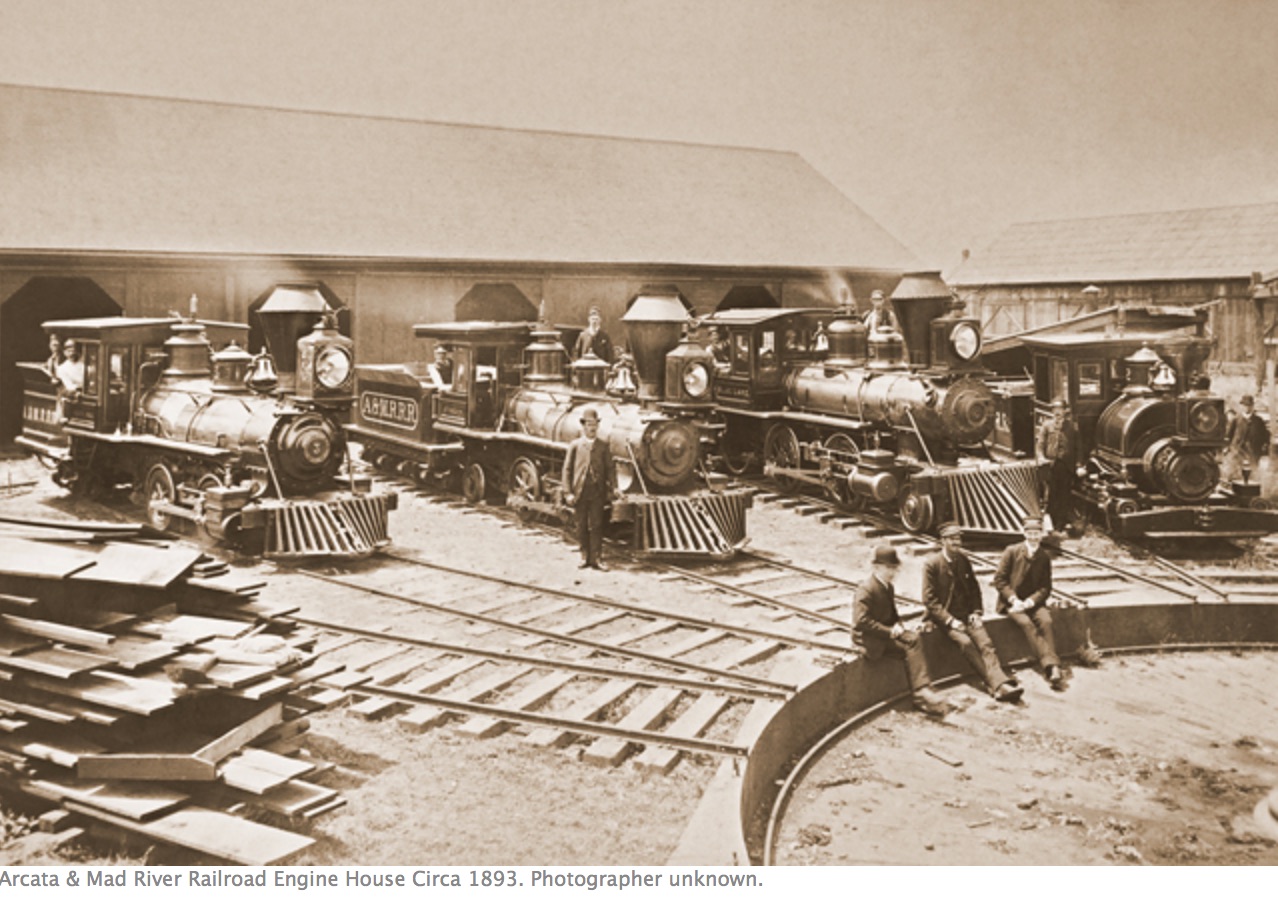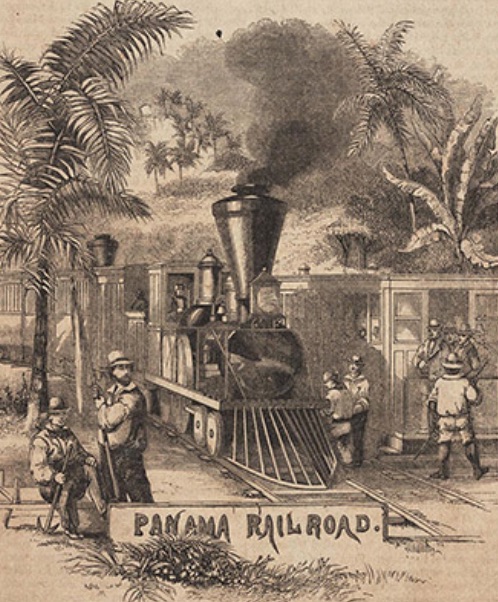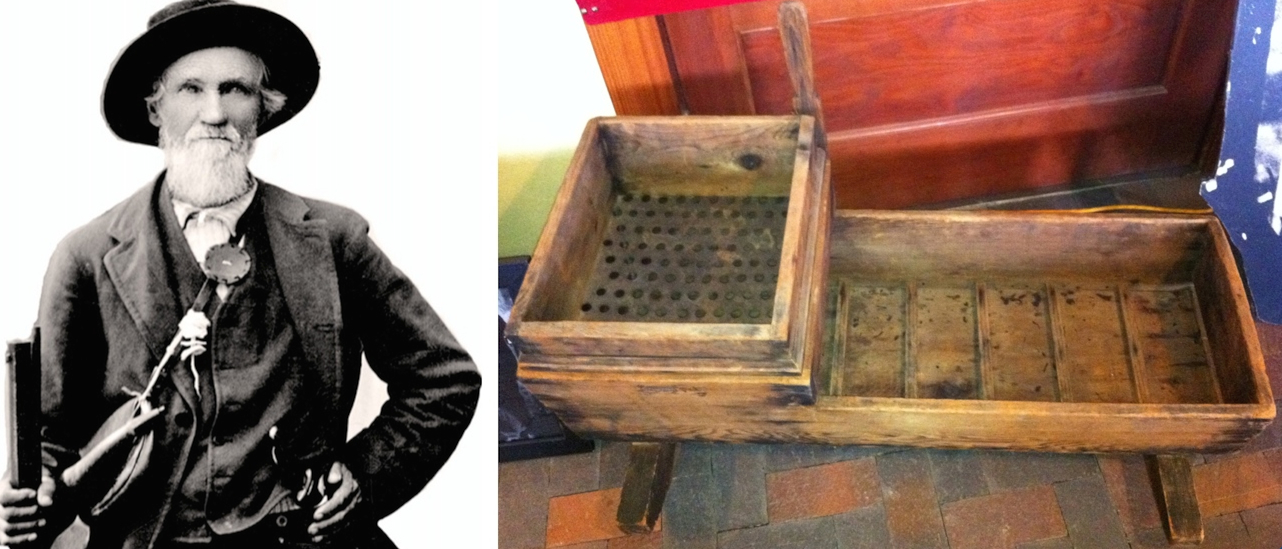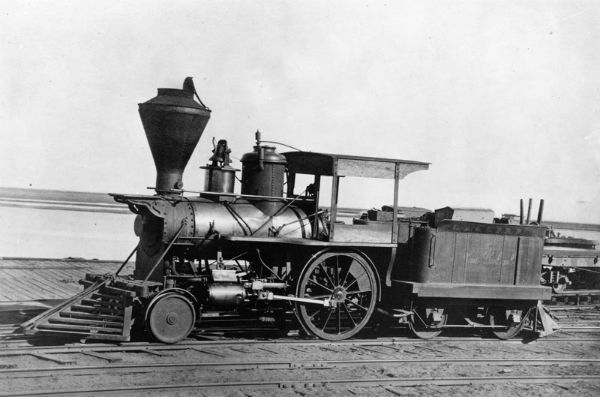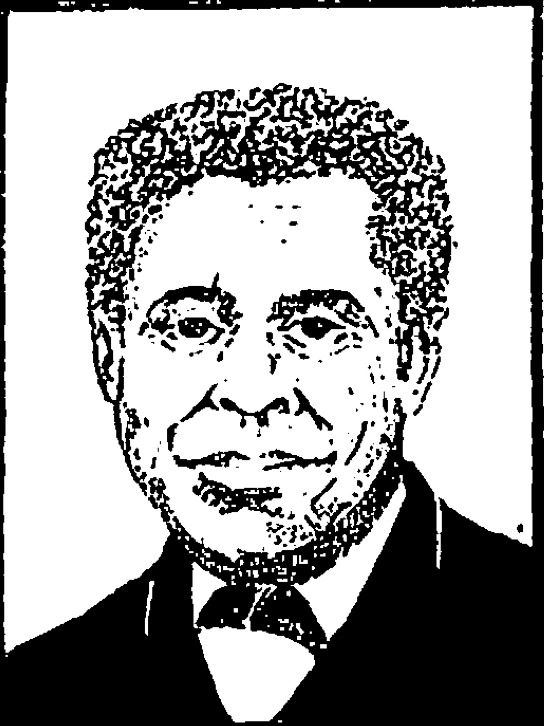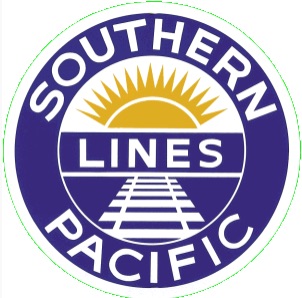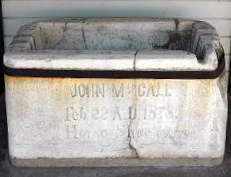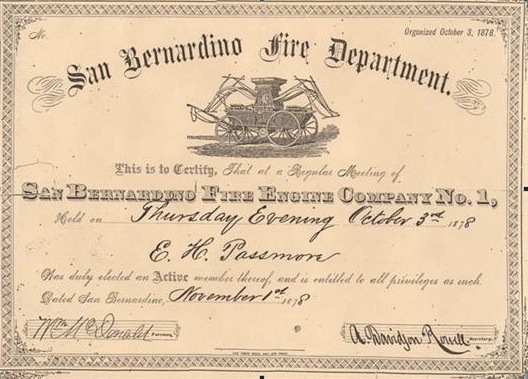March 23, 1851 - Leaving Utah for San Bernardino
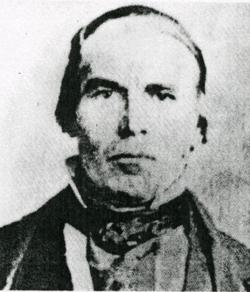 Andrew Lytle (1812 - 1870)
Andrew Lytle (1812 - 1870)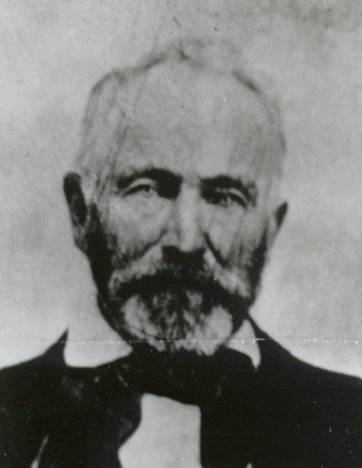 Joseph Matthews (1809 - 1886)
Joseph Matthews (1809 - 1886)
 David Seeley (1819 - 1892)
David Seeley (1819 - 1892)
"In 1849 [Mormon] President [Brigham] Young assigned Elders Amasa M. Lyman and Charles C. Rich...to travel throughout California to determine what kind of Church presence was feasible there. President Young soon requested that several families...travel with Elders Lyman and Rich to colonize southern California.
"By the spring of 1851, 437 men, women, and children had gathered in Payson, Utah, ready to begin the journey.
"Andrew Lytle was elected captain of the wagon train, with Joseph Matthews and David Seeley as subordinate captains—each of these three directing 50 wagons.
"William Crosby, Sidney Tanner, Jefferson Hunt, Alfred Bybee, Robert Smith, Daniel Clark, Samuel Rolfe, Wellington Seeley, George Garner, and Elders Lyman, Rich, and Parley P. Pratt headed up 10 wagons each.
"They set out on 23 March 1851, a total of 150 wagons, 588 oxen, 336 cows, 21 young stock, 107 horses, and 52 mules.
"Three members of the Twelve*, the Mississippi Company, 15 former Mormon Battalion men and their families, pioneers from Nauvoo, and even some seafaring San Francisco Saints were now bound together for a unique experience in fellowship and cooperation that would have a profound impact on the history of the West.
"In the fall of 1851, the San Bernardino Valley was transformed from a Mexican rancho into the largest predominantly Anglo-American settlement in the California southland..."
(from Marilyn Mills' article, True Community: Latter-day Saints in San Bernardino, 1851-1857)
*Note: The three members of the Twelve (Quorum of the Twelve Apostles) were Elders Amasa M. Lyman, First Mayor of San Bernardino; Charles C. Rich, Second Mayor of San Bernardino; and Parley P. Pratt, religious writer and poet.

 Share Article
Share Article 

